The Creative Wire
Reimagining the Concert Model: Exploring Musical Connection
Reflections on the founding of Peabody at the Shelter, a Launch Grant funded project bringing music to Baltimore’s Helping Up Mission.
February 16, 2024 | by Taylor Wang
Edited by Sarah Thomas
Ever since I can remember, I have wanted to be a pianist. I remember filling out a worksheet from a library workshop on planning for the future when I was six years old, and I officially decided for the first time in writing that I wanted to be a classical pianist. Growing up with a piano teacher as a mom, it’s easy to see where the initial influence came from, but as I grew older, I began to question what my motivations and aspirations were. Why was I so drawn to music that I wanted it to play a central role in my life? Why did I want to be a musician?
When I was in high school, Julie Leven, the founder of Shelter Music Boston, came to my school to talk about her work in providing classical music as a social service to homeless shelters and substance misuse recovery centers in the Greater Boston area. She showed us videos of her concerts and shared quotes from the audience members, attesting to the impact of their work. Many audience members reported feeling a renewed sense of hope and passion for life after the concerts. I was immediately interested in this work because it allowed me to envision a way to engage my passion for music within a larger community.
Julie’s talk planted a seed in my brain to think about how I could engage differently with my audience. As I began my studies at Peabody a few years later, I carried with me this desire to connect with people outside of the traditional concert setting. This led me to pursue community engagement opportunities through Peabody and in the Baltimore area. One of these opportunities was the Music for a While (MFAW) program, which creates public access to music at the Johns Hopkins Hospital through short, informal, and accessible programs. Through my work with MFAW, I began to see how music could be used in a healing context. I learned how to be more attuned to my environment and audience and how to adjust my repertoire and play accordingly. My music-making broke free of some of the constraints I had felt in programming traditional concert programs, and instead, I began to explore new modes of sharing music.
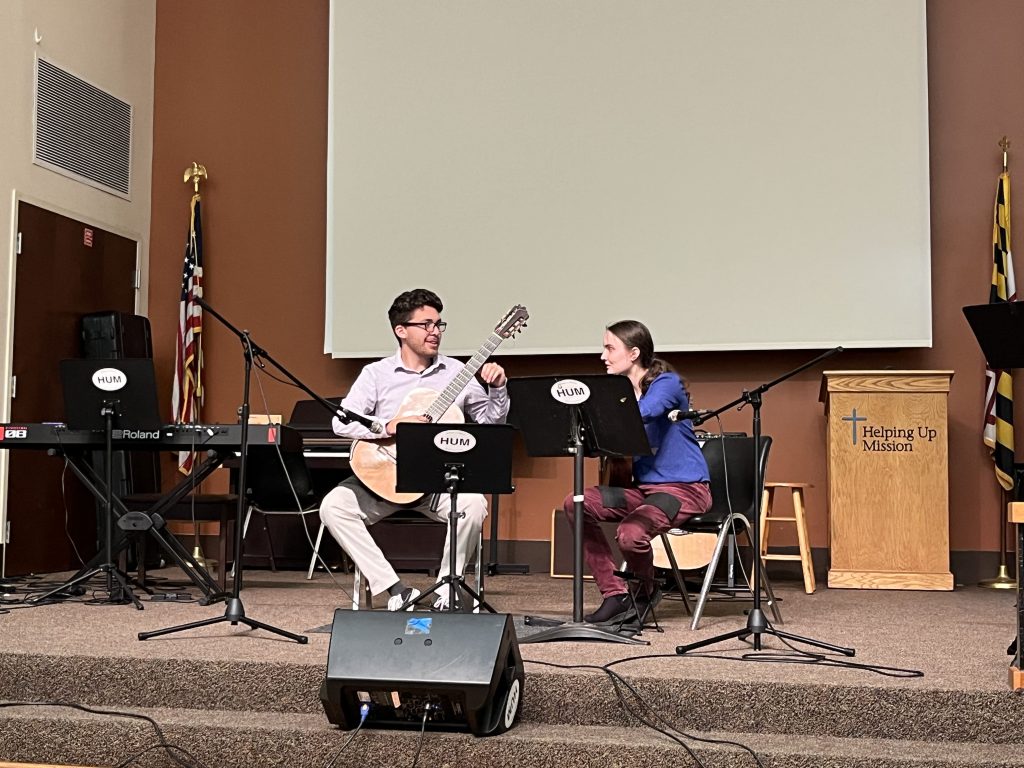
In the spring semester of my junior year, I took the course Pitching Your Creative Idea, which supports students through the grant-writing process and allows them to apply for the Launch Grant to support their project. I immediately thought of Shelter Music Boston and how I could implement a similar project in Baltimore. I reconnected with Julie, who shared invaluable advice and principles of engagement. With the help of my instructor, Robin McGinness, and the support of Julie and Khandeya Sheppard, Manager of Community Partnerships at Peabody, I applied for the Launch Grant for my project, Peabody at the Shelter. I was incredibly fortunate to receive the support of Peabody through this grant and to have been designated as the Travers Grant with the support of the Travers Foundation. As a result, I was able to finally bring to fruition my desire to increase access to live music. I partnered with Helping Up Mission, an addiction recovery center and shelter for unhoused individuals, to program a series of five monthly concerts of Peabody student performers throughout the 2023-24 academic year.
As I prepared for the concerts and training sessions for the first cohort of Peabody at the Shelter performers, I turned once again to Julie for mentorship. She introduced me to the idea of an interactive concert model where the audience is empowered to contribute during the concert. This was completely different from the performance etiquette and silent audience of traditional concerts I was accustomed to, but I saw how the interactive concert model gave the audience more agency and freedom to engage with the music in their own way. Even potentially negative comments about the music were welcome because they sparked a conversation with the acknowledgment that not everybody likes the same types of music. At the core of the concert model was respect for the community members with whom we were engaging and an understanding that we were guests in their space.
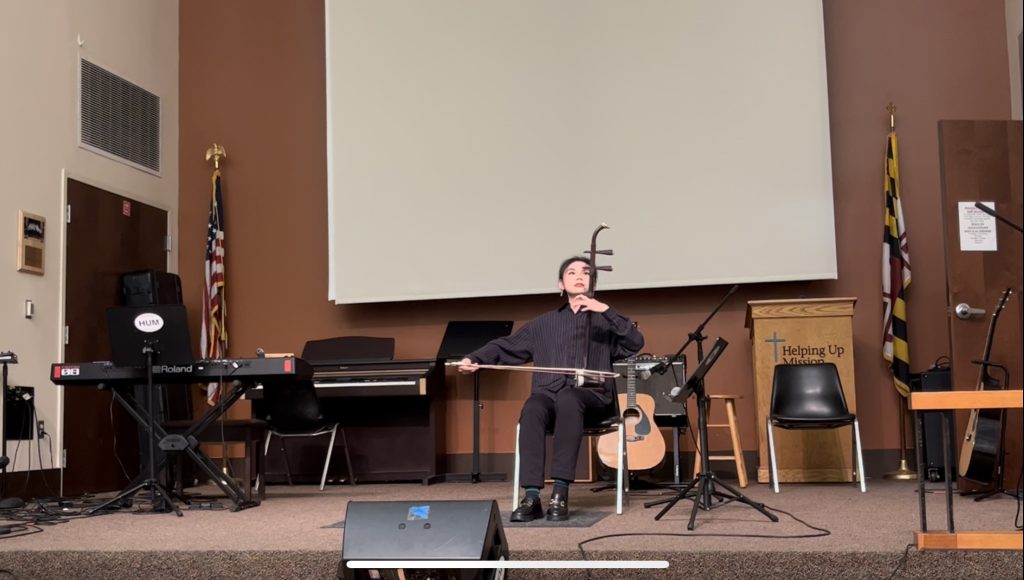
As of the writing of this post, we have performed three of the five concerts at Helping Up Mission. Each has been an hour long with three acts: two soloists and one small ensemble. One consideration that was important to me in selecting the cohort of performers was to have a variety of instruments and styles to reflect the diversity of the Peabody community. In our most recent concert, audience members heard classical music, funk, and Chinese traditional music. This gave the audience multiple possible access points with which to engage with the music.
Because the audience came from such a diverse range of backgrounds, their familiarity with musical styles and their musical tastes differed. To make the performance accessible and engaging, we needed and wanted to be intentional with our programming. We included pieces that we thought might be more familiar and resonate with the audience more strongly. We also wanted to introduce potentially unfamiliar pieces that we loved, framing them in a way that invited the audience to engage with the music. Depending on the piece, we offered them historical context, programmatic elements, or prominent musical features to listen for. We highlighted how music could communicate and relate universally to human emotion, but left the final interpretation up to the audience.
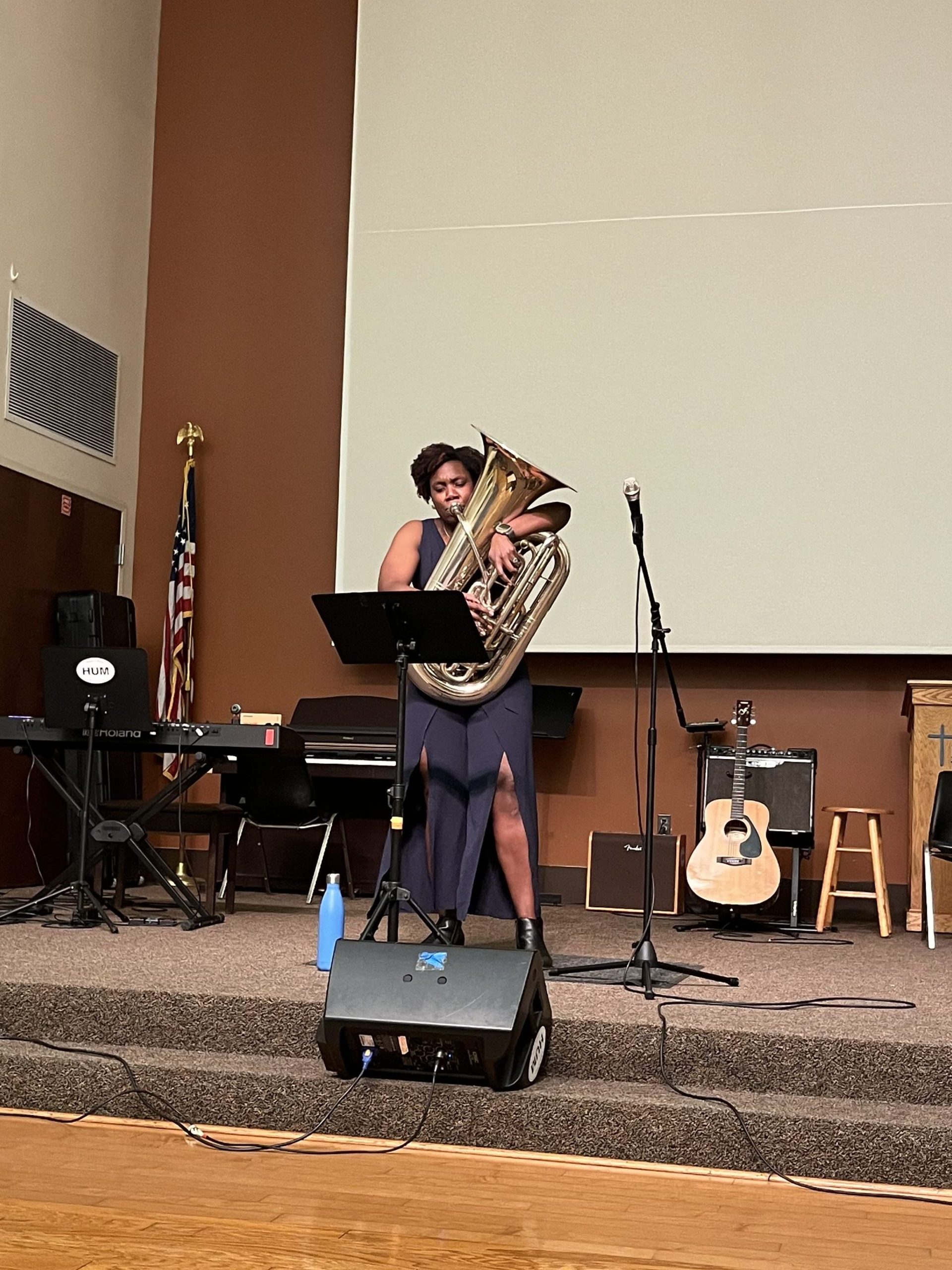
In our first concert, we encouraged the audience to voice their opinions and thoughts about the music in between pieces by asking for feedback. When I posed the first question, I was initially met with silence, and I immediately got nervous. What if nobody spoke? What if I hadn’t created an environment conducive to participation? Then, someone raised their hand. Once the ice was broken, the conversation flowed freely. Many audience members expressed imagery or emotions that the music evoked. Others made connections to other pieces of music, movies, or different art forms. After listening to Debussy’s Arabesque No. 1, one audience member said, “That piece reminded me of Clair de Lune.” I loved that this audience member made the connection and I eagerly explained that the two pieces were by the same composer. All of the performers could feel the positive energy in the room and the excitement of the audience, not only through their enthusiastic applause, but also through their contributions and engagement. Even before we started playing, audience members told us they felt happier just knowing that they would hear music soon. Seeing the joy that the music brought inspired me as a musician and made me excited for the following month’s concert.
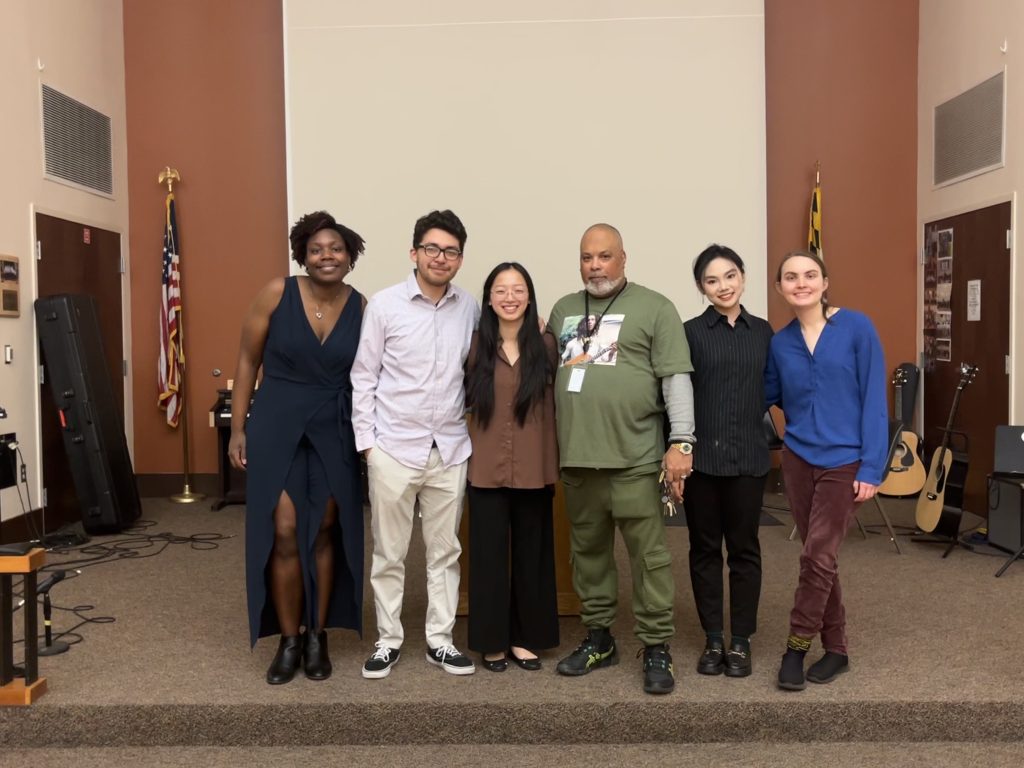
From left to right: Jasmine “Jazzie” Pigott, David Manzanares-Salguero, Taylor Wang, Christopher Flack, Siqi Tong, Gwenyth Aggeler
After the first concert, it became clear that we needed to reconsider the balance of talking and playing. We had programmed perhaps too ambitiously, and each performer had to cut at least one piece from their set because we had not factored in enough time for conversations. For the second concert, we instead played through each set and stopped for questions in between each performer. While we still had lots of audience interest and exchanges between performer and audience, there wasn’t as much back and forth throughout the performance. The comments typically described an overview impression of each set or performer instead of engaging more deeply with the music. As a result, the conversation lacked some of the nuance from the first concert, and we weren’t able to get as specific feedback on what the audience enjoyed.
Over the winter break, I reflected on these two different performance structures. On the one hand, I loved the interactions between the audience and performers, but on the other hand, I wanted to make sure the performers had enough time to present their music and to be able to program a wide variety of pieces. I also wondered if perhaps I was still limited by my traditional views of what a concert “should” be by prioritizing the music and the pieces I wanted to program instead of the overall audience experience. As I reflected, I realized that the opportunities for interaction were not just tools for audience engagement, but a way for the audience to take joint ownership of the concert experience. Instead of being silent audience members receiving our music, they shared their thoughts and opinions and were empowered to shape the concert alongside us. Communication flowed both ways: from performer to audience and back. I still wanted to make sure we programmed enough musical content in the performance, but I wanted to prioritize the conversations in between pieces to give the connections between audience and performer time to develop.
I began to see music and programming differently. In this context, my goal didn’t stop at playing music; instead, my goal extended beyond that to use music as a point of connection. To me, one of the most beautiful things about music is its universality in communication. By being more intentional with factors that were external to the music, but still affected the overall concert experience, I was able to deepen the impact of my musical connection with the audience. While I still have a lot to learn and experiment with in terms of how to most effectively connect with an audience, I have gotten one step closer to answering the question I started asking in high school of why I love music so much. I value music for its ability to touch people from all walks of life, and I will continue to explore how I can use music to connect more deeply with the world around me.
——————————————————————————————————————-
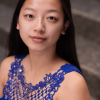
Taylor Wang
Piano Performance
BM 2024/25

Taylor Wang is an active performer as both a solo and collaborative pianist. She is especially interested in using music to help others through community outreach. She is currently in the 5-year combined Bachelor of Music and Master of Music program at the Peabody Institute of the Johns Hopkins University where she studies with HieYon Choi.
IG: @taylorwangpiano
FB: Taylor Wang